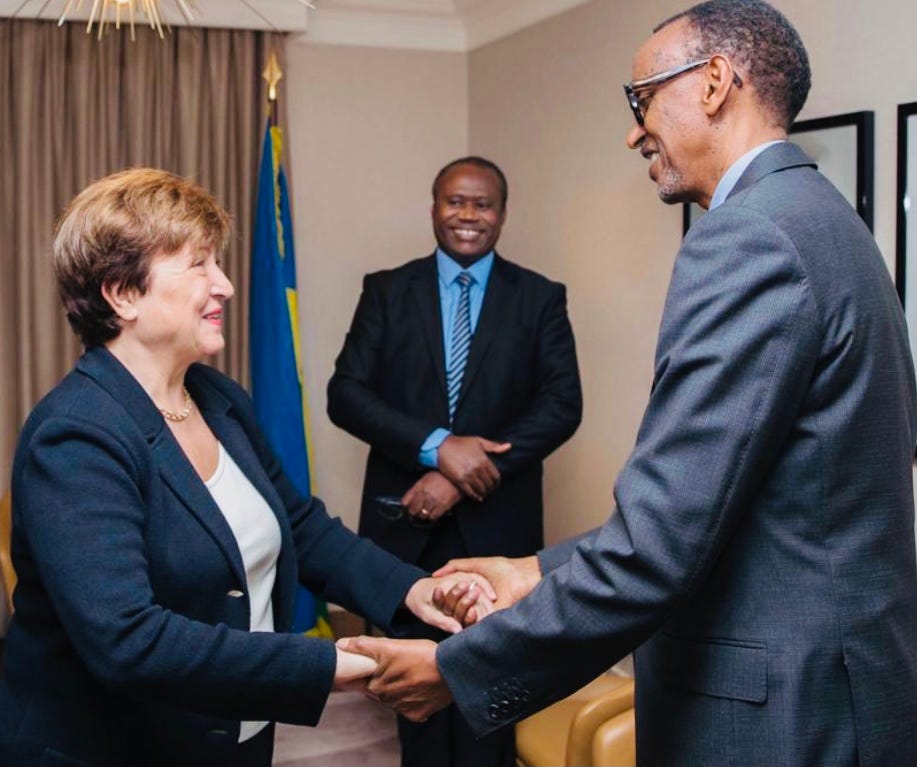By David Himbara
General Paul Kagame just plunged Rwanda into a new debt of US$620 million. This pushes Rwanda’s indebtedness past the US$7 billion mark. The only body that can retrain the Rwandan strongman from accumulating more debt is the International Monetary Fund (IMF). But there is a limit to how the IMF can retrain him. Rwanda’s dead economy has no other means of raising money to pay off older debts – so the regime must go into debt to settle debt. The IMF can’t prevent this.

There can be no question that the IMF is the only organization in the world that has the power to restrain the all-too-powerful king of Rwanda, General Paul Kagame. As a heavy borrower from the IMF, the Kagame regime has to adhere to the economic program for which it receives the IMF’s financing. Once the program is agreed upon by the two parties, the regime has to inform the IMF in writing before making any changes in economic and financial policies. Such policies include customs and tax laws, wage policy, and financial support to public and private enterprises. Rwanda must submit various data to the IMF to enable the agency to monitor Rwanda’s adherence to the agreed program. Rwanda’s frequency of data reporting to the International Monetary Fund includes the following:
- Exchange rates – Weekly
- International reserve assets and reserve liabilities – Weekly
- Central bank balance sheet – Weekly
- Volume of transactions in the interbank money market, repo operations and foreign exchange markets, sales of foreign currencies by BNR to commercial banks and other foreign currency interventions by BNR – Weekly
- Revenue, expenditure, balance and composition of financing of the general government – Annual
- Financial balance sheet – budgetary central government – Annual
- Comprehensive list of tax and other revenues – Monthly
- Disposal of non-financial assets and policy lending – Quarterly
- Comprehensive list of domestic arrears of the government – Semi-Annual
- Planned external borrowing and the conditions – Semi-Annual
- Stocks of public sector and public-Guaranteed Debt as compiled by the Ministry of Finance and Economic Planning and the National Bank of Rwanda – Semi-Annual
- External current account balance – Semi-Annual
- Exports and imports of goods and subcomponents – Monthly
- Exports and imports of goods and services and subcomponents – Annual
However, there is a limit to the IMF’s control over the agreed program with Rwanda. The IMF cannot block Rwanda’s external borrowing for refinancing existing public-sector debt, such as the US$620 million debt that Kagame acquired on August 3, 2021. This is because it is assumed that such external borrowing helps to manage Rwanda’s debt crisis. The purpose of Rwanda’s new US$620 million Eurobond is to pay off the US$400 million debt acquired in 2013 – Rwanda’s dead economy has no other source of income to repay loans, so it must borrow. Stay tuned.






























































